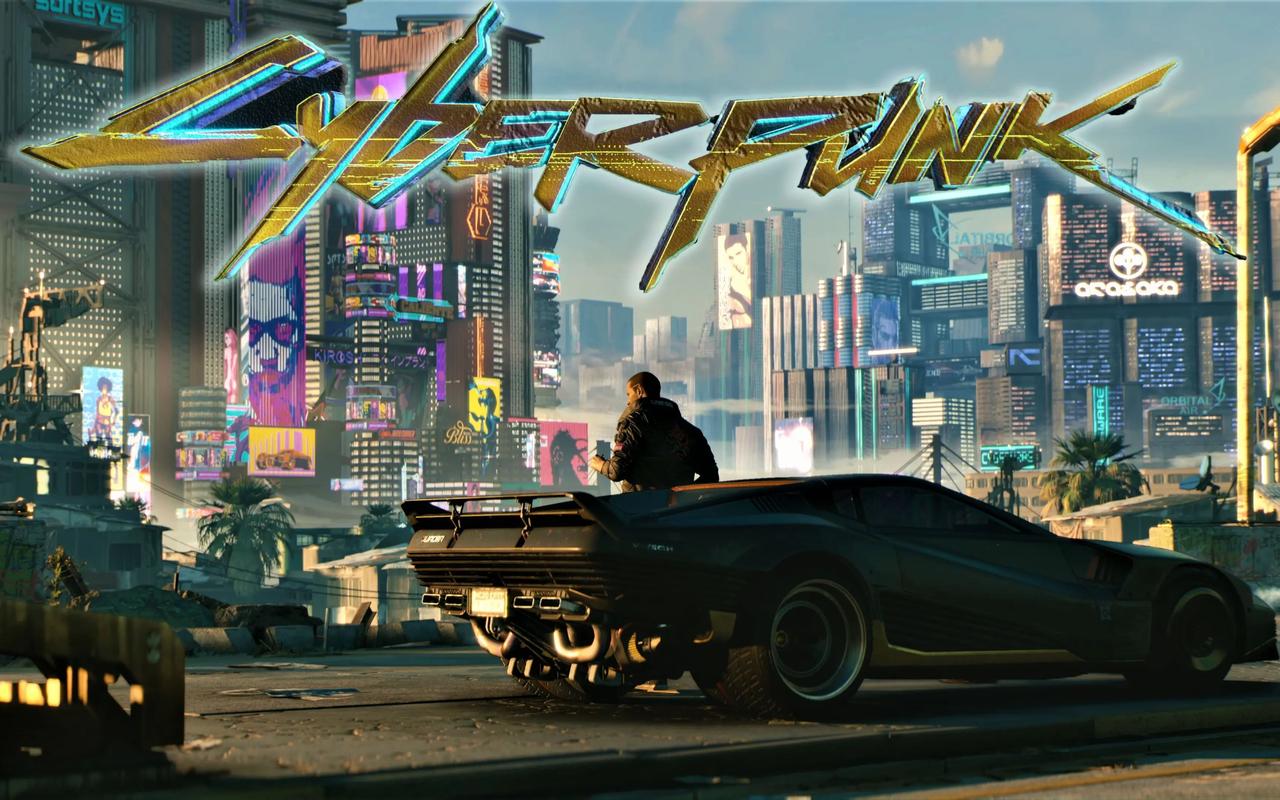Half-Life: Source Score: Engine Upgrade Quality
When Half-Life was first released in 1998, it revolutionized the first-person shooter genre with its immersive storytelling, advanced AI, and groundbreaking level design. Six years later, Valve decided to re-release the game using their newer Source engine, branding it as Half-Life: Source. While the idea of a modernized version of a classic seemed promising, the execution left much to be desired. This article examines the quality of Half-Life: Source as an engine upgrade, evaluating its improvements, shortcomings, and overall impact.
The Promise of an Engine Upgrade
The Source engine, first showcased in Counter-Strike: Source and Half-Life 2, introduced advanced physics, dynamic lighting, and improved facial animations. Fans of the original Half-Life expected Half-Life: Source to bring similar enhancements—better textures, smoother animations, and perhaps even some physics-based interactions.
At first glance, Half-Life: Source does deliver minor visual upgrades:
- Water and lighting effects now reflect Source’s capabilities, with more realistic ripples and shadows.
- Physics objects behave more dynamically, allowing for ragdoll effects and proper object interactions.
- Load times were reduced due to the engine’s optimization.
However, these changes were far from transformative.

Where Half-Life: Source Falls Short
Despite the technical potential of the Source engine, Half-Life: Source felt more like a quick port than a true remaster. Key issues included:
-
Lack of Significant Graphical Improvements
- Many textures remained low-resolution, appearing blurry or stretched.
- Character models were largely unchanged, missing the expressive facial animations seen in Half-Life 2.
- Some lighting effects were poorly implemented, making certain areas look worse than the original.
-
Physics Glitches and Inconsistencies
- While physics interactions were technically possible, they often felt out of place.
- Objects sometimes behaved erratically, breaking immersion.
-
No New Content or Gameplay Enhancements
- Unlike Black Mesa (a fan-made remake that later became official), Half-Life: Source did not add new levels, AI improvements, or gameplay refinements.
- Enemy behavior and scripting remained identical to the 1998 version.
-
Performance Issues
- Some players reported bugs, crashes, and compatibility problems that weren’t present in the original.
Comparison to Other Remasters
When evaluating Half-Life: Source, it’s worth comparing it to other engine upgrades:
- Black Mesa (2020): A complete overhaul with redesigned levels, modern graphics, and reworked AI.
- Quake II RTX (2019): A ray-traced version that dramatically improved lighting and textures.
- Halo: The Master Chief Collection (2014): Enhanced resolutions, framerates, and even optional original graphics.
In contrast, Half-Life: Source was a bare-minimum effort, failing to leverage the Source engine’s full potential.
Final Verdict: A Missed Opportunity
Half-Life: Source was not a bad product—it was still Half-Life, one of the greatest games ever made. However, as an engine upgrade, it was underwhelming. Valve seemed to treat it as a quick experiment rather than a full-fledged remaster.
For players seeking a true modernized experience, Black Mesa is the definitive way to revisit Half-Life today. Half-Life: Source remains a curious footnote in gaming history—a reminder that an engine upgrade alone does not guarantee a better game.
Score: 5/10 – A functional but forgettable port that could have been so much more.














